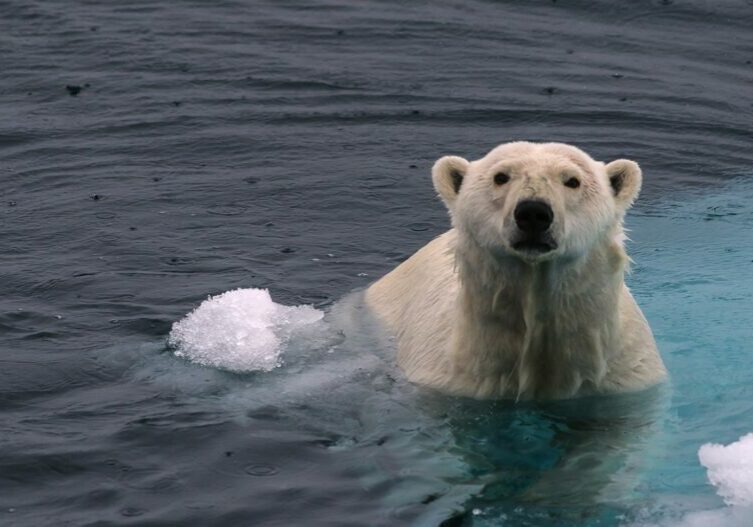It was my last day in Antarctica, and I needed to get up close to a fur seal. A colony of adolescents had recently arrived near British Antarctic Survey’s research base on Adelaide Island, but they were wary. They’d sense our presence and flee before we got anywhere near them.
Fur seals aren’t easy animals to survey. They can be aggressive, and move surprisingly quickly – they can outrun a human across a rocky beach. Somehow, we had to get within five metres of a sleeping seal so that we could get a reading with our spectroradiometer – basically, a zappy thing on the end of a long pole that measures the light bouncing off an object.
Eventually, after much creeping around on tiptoes, staying downwind of the seals and communicating with hand gestures, we succeeded. The seal lifted a flipper mid-dream here and there, but didn’t wake up.

I was in Antarctica as part of the ‘Seals from Space’ project, which WWF is supporting. With high-resolution satellite images, we can spot seals all the way from space – but with the naked eye, it’s not always possible to tell which black blobs are seals and which are just rocks.
By determining a seal’s ‘spectral signature’ – which measures the precise wavelengths of light it reflects – we can teach computers to tell the difference between seals and rocks, and even between different species of seals.
This will enable us to carry out surveys of seals in remote parts of Antarctica, which has never been done before. That can help us monitor the health not only of seal populations, but of the whole Antarctic ecosystem.

Watch Prem explain how it’s possible to survey seals from space

